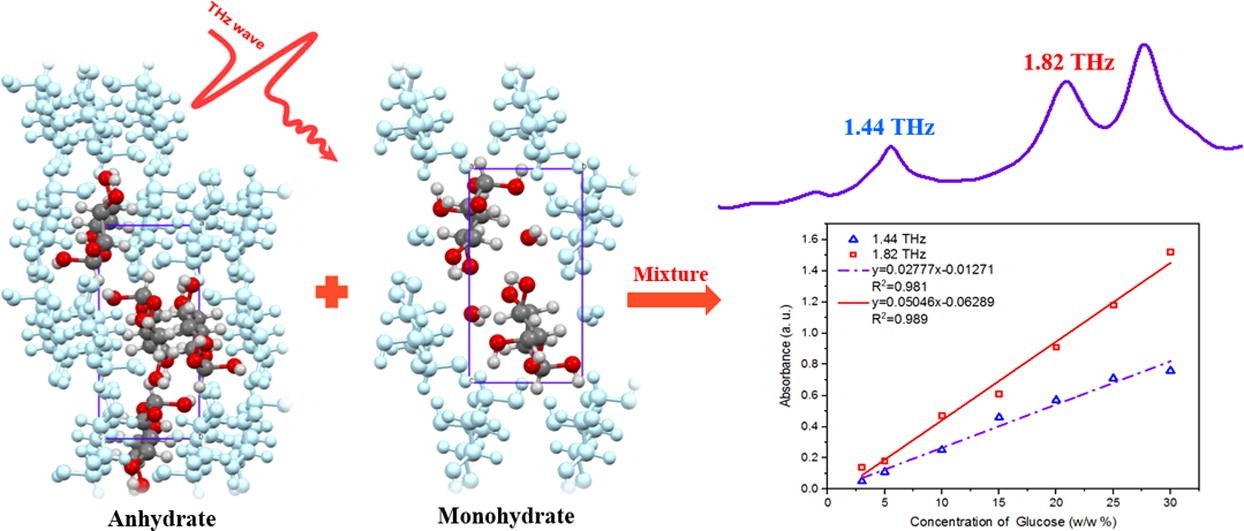Glucose, as the predominant fuel and nutrition for brain and nervous system, plays a fundamental role in many biological processes, such as gene expression, thermoregulation and bioprotective properties. Only water can compete with glucose in being the most significant substance in the living world.
On account of different crystallization processes, commercial glucose generally comes in two available forms of anhydrate (C6H12O6) and monohydrate (C6H12O6?H2O). The two forms were applied differently in medical treatment or medicine fabrication. For instance, the most reliable data on the prevalence of diabetes are based on two-hour plasma glucose values after an oral glucose tolerance test (OGTT), which is currently the gold standard epidemiological and clinical diagnostic test for diabetes and impaired glucose tolerance. There is now international agreement that 75 g of glucose should be used for adults. But it’s worth noting that the 75 g refers to anhydrous glucose, otherwise 82.5 g of monohydrate should be taken, which is more commonly available. The dose of glucose the tester ingests directly decides accuracy of the test results, further affects the diagnosis of diabetes and the judgment of the disease. Public confusions of glucose are rather ubiquitous partly due to anhydrate and monohydrate with identical physical appearance of white crystalline particle. Therefore, quantitative analysis of glucose anhydrate and monohydrate mixture is imperative.
Glucose hydrate and monohydrate with identical white crystalline appearance differ in hydrogen bond connection and molecular arrangement at the micro level. The late-developed terahertz (THz) spectroscopy allows the structural landscape of a molecular crystal to be mapped directly. Based on it, Hui Yan, et al., researchers from Xi’an Institute of Optics and Precision Mechanics of CAS, successfully revealed THz spectral transformation of dehydration in glucose monohydrate, and achieved quantification of the anhydrate and monohydrate. the goodness of fit to experimental data is up to 98%. The results were published in Spectrochimica Acta Part A: Molecular and Biomolecular Spectroscopy.
This research presents a non-destruction, direct recognition and simple quantitation method of glucose anhydrate and monohydrate mixture by THz signatures. A single glance at THz can tell exactly what ratio of anhydrate and monohydrate is, shedding light on industrial monitoring of glucose production and other related mixture in the future.

Molecular packing of glucose anhydrate, glucose monohydrate, and THz spectra and intensities fitting (Image by XIOPM)
Contact:
SHE Jiangbo
Xi'an Institute of Optics and Precision Mechanics
E-mail: shejb@opt.ac.cn
Date of Publication: 2021-04-20
Download: